1. Cups Are for Shipping, Not Living
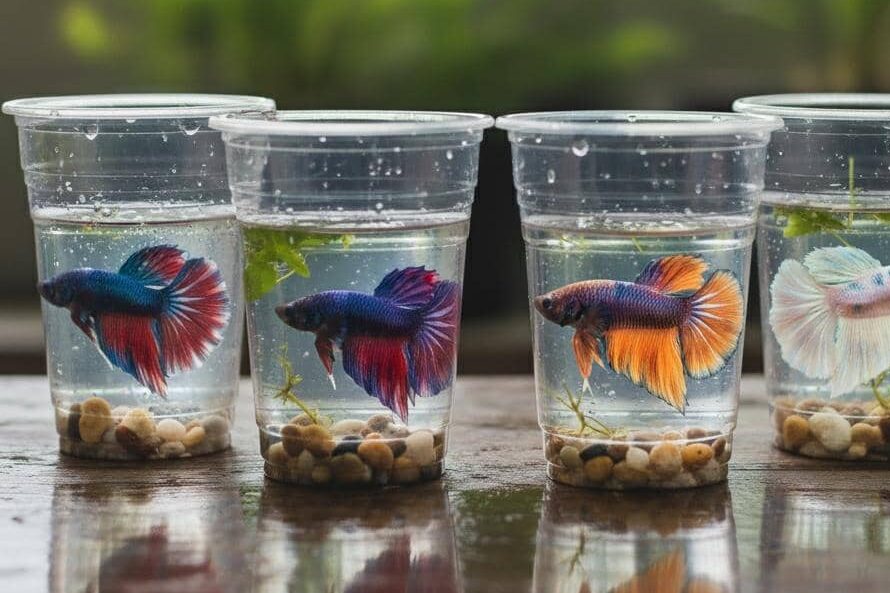
Those small containers you see in pet stores are a logistics hack, not a habitat. Bettas possess a special respiratory organ called the labyrinth organ, which allows them to breathe atmospheric oxygen. This unique adaptation helps them survive in the low-oxygen conditions of shallow, stagnant waters, and, consequently, in small shipping containers, but “survive” is a low bar. In a cup, waste breaks down rapidly, leading to dangerous spikes in ammonia that burn their gills and fins. They also suffer from extreme temperature swings and debilitating boredom. To give a betta a full, healthy life, the absolute minimum tank size is 5 gallons with appropriate filtration, heat, and a secure lid to prevent escape.
2. Warm Water Isn’t Optional, It’s Biology
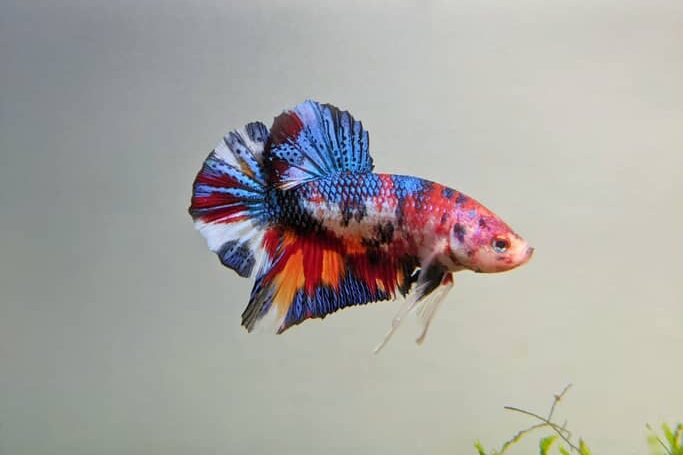
Bettas are strictly tropical fish native to the warm, shallow waters of Southeast Asia. Consequently, room temperature is almost always too cold, often hovering below the ideal range, which is 78–80°F (25.5–26.5°C). Chronic exposure to cold water severely slows their metabolism, making it harder for them to digest food, and critically, suppresses their immune system. This weakened state invites common betta ailments like ich or severe fin rot. You must use an adjustable, submersible heater to maintain this stable temperature. Check it regularly with a separate thermometer, treat it like a kitchen timer: often and on purpose.
3. Filtration Saves Fins (and Your Patience)
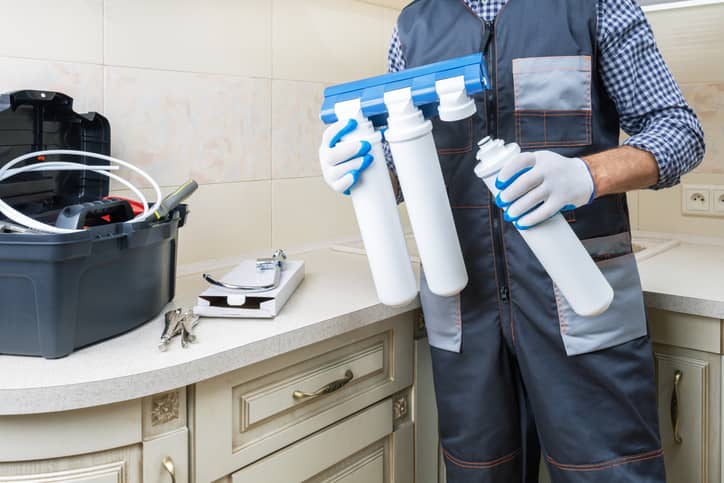
A tank without filtration and the accompanying beneficial bacteria quickly becomes a toxic environment. When your betta produces waste, it immediately turns into ammonia, which is highly poisonous. That ammonia then converts into nitrite, also toxic, before finally converting into nitrate, which is only harmful in large concentrations and can be managed through water changes. This entire process is called the nitrogen cycle, and it relies on beneficial bacteria that colonize filter media. Cycling a tank (growing these bacteria before adding the fish) is crucial; it prevents invisible chemical burns to the betta’s sensitive gills and fins. Since bettas prefer calm water, opt for a gentle sponge filter or use a baffle on the outflow of a hang-on-back filter to reduce the current.
4. Water Changes Are a Weekly Promise
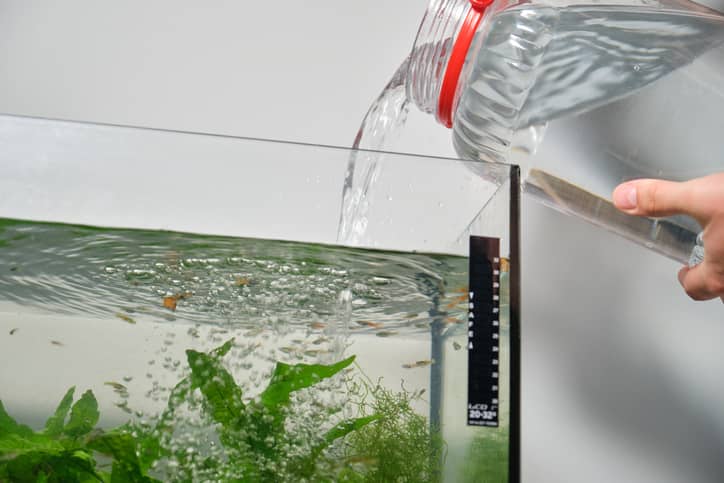
Even in a fully cycled tank with excellent filtration, dissolved waste (like nitrates and other organic compounds) still accumulates over time. This is why water changes are non-negotiable and must be done on a simple, regular schedule. Aim for removing and replacing 25–40% of the tank water with fresh, temperature-matched, and dechlorinated water every week. Consistency is key. You should use a test kit (liquid is more accurate than strips) to check for ammonia, nitrite, nitrate, and pH. Regular testing turns guesswork into facts, allowing you to prevent the dramatic, invisible water quality crashes that cause fish to become lethargic and stressed. Remember, stability beats perfection in aquatic maintenance.
5. Décor Can Injure, or Enrich
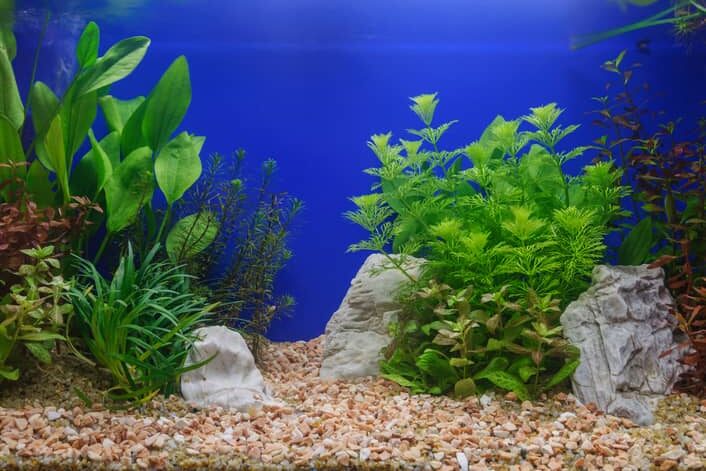
The delicate, flowing fins of a male betta are easily snagged and ripped, leading to fin rot and infection. You should avoid cheap, sharp plastic plants and rough, pointy ornaments that act like Velcro against their fins. Instead, choose soft, flowing silk plants, smooth driftwood, and caves with sanded, smooth edges. A good way to check your décor is the “pantyhose test”: if the item snags a pair of nylon pantyhose, it will snag your betta’s fins. Bettas are inquisitive and territorial, so a furnished tank with resting leaves (like suction-cup hammocks) near the surface and sightline breaks (plants or wood) to hide behind dramatically reduces stress and encourages natural behavior like exploring and patrolling.
6. Food Is Small, Varied, and Carnivorous
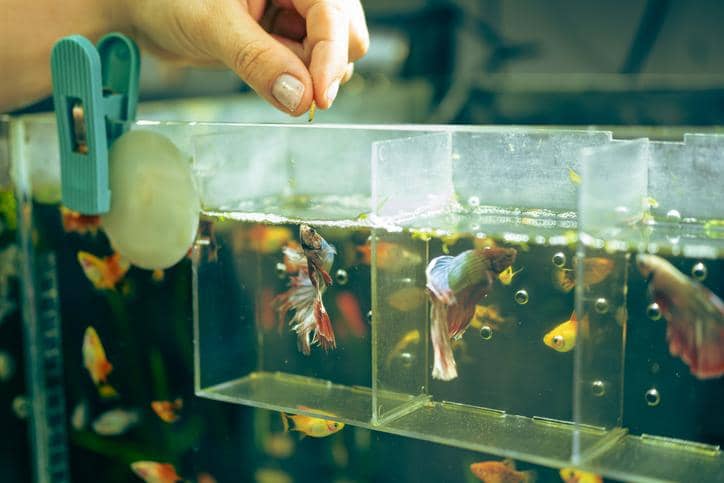
Bettas are strict carnivores in the wild, feeding primarily on insects and insect larvae. This means you must skip generic tropical flakes designed for community fish, as they lack the necessary protein and nutrients. A high-quality diet consists of specialized betta pellets as the staple, supplemented with variety to boost their immune system and color. Excellent supplements include thawed frozen foods like bloodworms, daphnia, or brine shrimp, and occasional, safely sourced live foods. Feed them a tiny amount (about two or three pellets or the equivalent) once or twice daily, and consider fasting them one day a week, as this aids digestion. Overfeeding is a major problem; it not only causes painful bloating in the fish but also quickly fouls the tank water, shortening their lifespan.
7. “They Live in Puddles” Is a Myth with a Cost
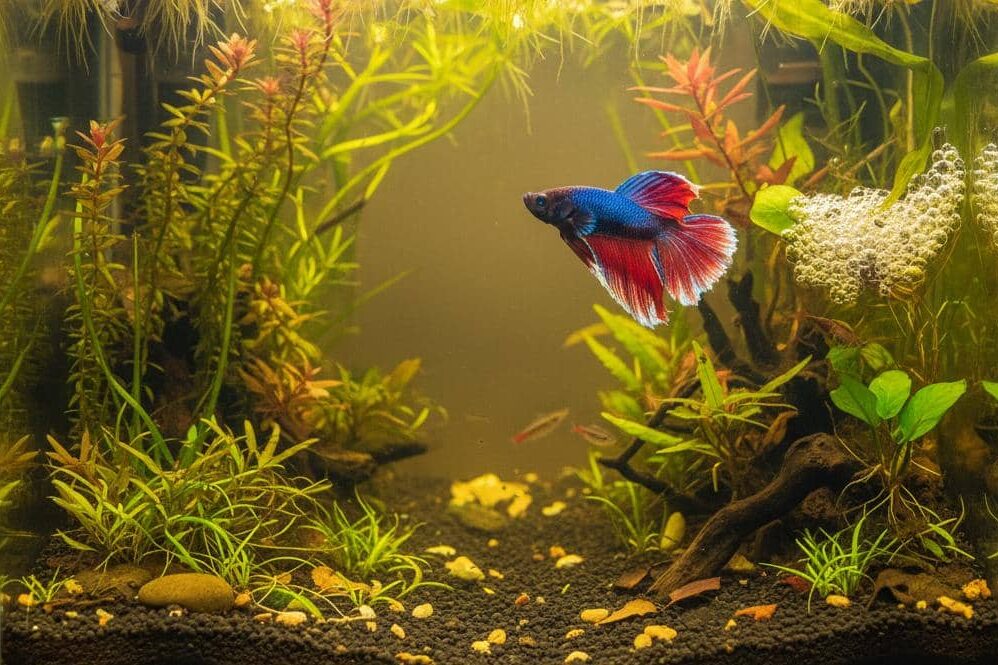
The enduring myth that bettas thrive in tiny spaces is harmful, as it directly justifies neglect. While wild bettas can survive seasonal fluctuations, their natural habitat is not a thimble. They inhabit vast, complex environments like rice paddies, floodplains, and slow-moving canals, which are often several inches deep and offer significant horizontal swimming space, dense vegetation, and diverse microhabitats. They are active hunters and explorers. When you provide an ample swimming room (5 gallons minimum is just the start), plenty of live or silk plants for cover, and a gentle current, you’ll observe them performing natural, fascinating behaviors like elaborate bubble nesting, vibrant flaring, and dedicated patrolling. A large tank allows your betta’s true, vivid colors and personality to emerge.
8. Compatibility Means Extreme Caution

The common name Siamese Fighting Fish is a huge clue: bettas are known for their aggression and territorial nature, especially males toward other males. It is best and safest to keep a single male betta alone in his own tank, allowing him to be the king of his castle. While some bettas may tolerate certain slow-moving, peaceful bottom dwellers or small schooling fish in a tank of 10 gallons or more, any cohabitation is a gamble and requires extensive monitoring. Never keep a male with another male. Furthermore, while female bettas can sometimes be kept in groups called “sororities,” this is highly advanced and requires a very large tank (30+ gallons), specific décor, and a deep understanding of their hierarchy and potential for fatal aggression, making it generally unsuitable for new owners.
9. The Water Needs Dechlorinator, Instantly
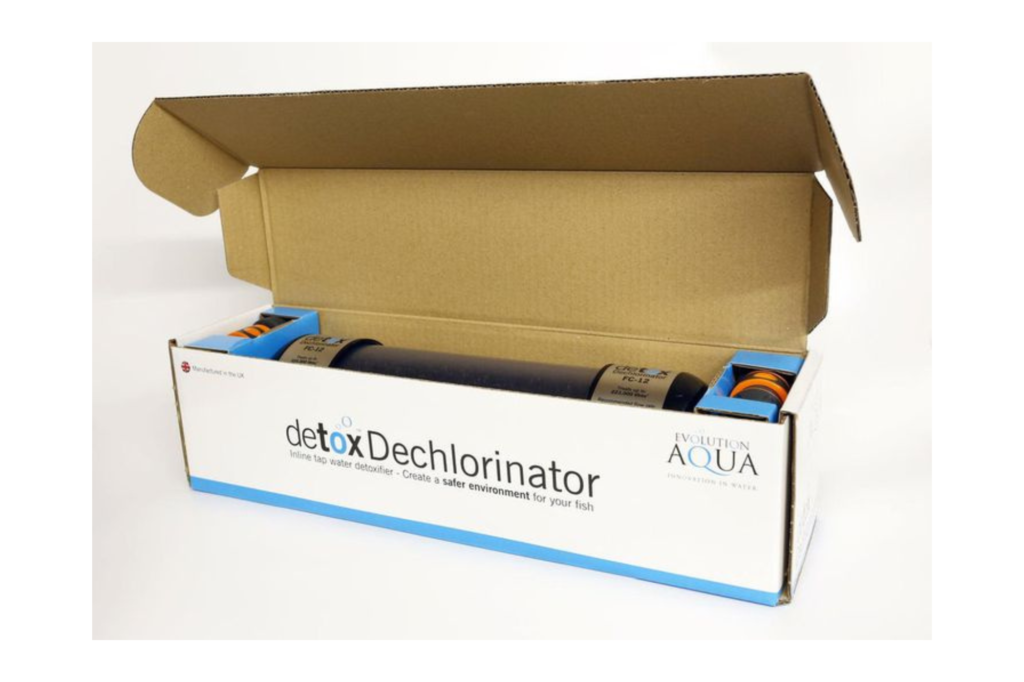
The water that comes directly out of your tap is not safe for fish. City and municipal water supplies contain chlorine and often chloramine, which are disinfectants used to kill bacteria and ensure human safety. Unfortunately, these chemicals are highly toxic to fish, as they burn the gills and mucous membranes, effectively suffocating the fish on a chemical level. Therefore, before adding any tap water to your aquarium, whether for a full water change or just a top-off, it must be treated with a quality water conditioner or dechlorinator. This product works instantly to neutralize the toxic chemicals, making the water safe for your betta.
Caring for a betta is a rewarding experience that moves far beyond simply keeping a fish alive in a tiny container. By focusing on these core facts, warm, clean water, a spacious environment, and a carnivorous diet, you’re setting the stage for a relationship that is engaging, colorful, and built to last. Welcome to the journey!
This story Betta Fish in Cups, 9 Things Every New Owner Should Know was first published on Daily FETCH


